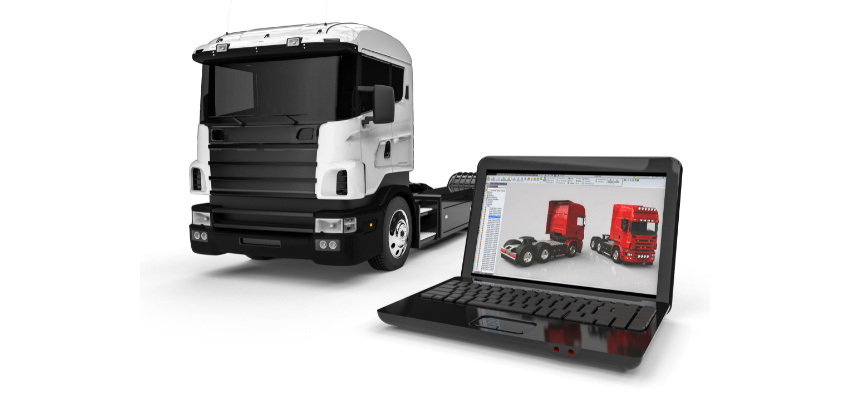Show:
Best Tips to Increase the Speed of Your Mac
A slow computer is annoying, no matter if you use it for work, gaming, or other forms of entertainment. However, it is even more irritating if such a computer as a Mac becomes slow because Macs are supposed to be one of the fastest and long-lasting computers.
The truth is that there is no difference if you purchase an expensive device or a cheaper one; if you do not take care of it the way you should, it will either become slow or have other technical issues.

Thus to avoid your Mac from becoming slow or to increase a speed that has already dropped, today, we want to share a list of recommendations that will help enhance your Mac’s performance.
Tip #1: Update the Operating System
Some people are still under the belief that updating your Mac’s operating system will slow down the computer. However, this is only possible if you install the newest version of macOS on a very old Mac, which is an entirely different case.
In fact, macOS updates can help you increase your computer’s speed because these updates often come with performance upgrades and bug fixes. To see if you have skipped an update, open the System Preferences menu and find the Software Update icon. A red dot next to the icon indicates that there are updates waiting to be installed.
Tip #2: Check the Activity Monitor
If, from time to time, your Mac experiences sudden drops in speed and performance and sometimes it seems to be out of nowhere because your computer is not that slow, you may want to check the Activity Monitor.
To open the Activity Monitor, click on the magnifying glass icon from the upper menu and type in “Activity Monitor.” Then, open the CPU tab and see if apps are using a lot of the system’s resources. If so, quit them and search for similar apps in the App Store to replace them.
Tip #3: Limit the Number of Tabs You Have Open
Those of you who are disappointed in a slow browsing experience and have already checked your network connection multiple times should pay attention to how many tabs you tend to keep open at the same time.

The more tabs you will have open, the more resources the macOS will need to use in order to keep those tabs running. However, it is very likely that you are not using all of those tabs at once; thus, it would be better to close them for the sake of your Mac’s speed.
Tip #4: Remove Startup Items
A slow startup may be a result of your Mac being old, but it could also be affected by a long list of startup items. These items are applications that are set to open automatically after the Mac is finished booting.
Depending on how many login items you have and what kind of apps those are, it may slow down the entire startup process. To check the login item list, open System Preferences, go to Users & Groups and click the Login Items. In this menu, you can either add or remove apps from the login item list.
Tip #5: Check Disk Space
Free disk space has a lot of influence on Mac’s speed. Macs have pretty small SSDs, which can fill up very quickly if you do not have a habit of cleaning up your computer from unneeded items regularly.
Thus, if you check how much free disk space you occasionally have, you will know when it is time to remove some items from your computer. You can see storage data if you click the Apple icon from the upper menu, go to the About This Mac option, and open the Storage tab.
Tip #6: Uninstall Applications
If in the same Storage menu you will click the Manage button, you will be able to see a list of apps that you currently have installed on your computer. Also, you will see how much space is taken up by a certain app.
Usually, applications are the ones that take up the most disk space. More to it, a lot of people have unneeded apps installed on their computers. Therefore, by uninstalling the apps that you no longer need, you will be able to free up quite some disk space.

Tip #7: Use Streaming Services
For those of you who enjoy watching a lot of movies or tv series, it would be better to start using streaming platforms such as Netflix, Hulu, Amazon Prime, HBO, and others. This way, you will not have to download all those large media files to your computer, which would take up a lot of disk space.
More to it, it is easy to forget to delete the downloaded files after you have already watched them. Instead, those files will linger in the Downloads folder for weeks and maybe even months, taking up storage space and slowing down your Mac.

 Return to Previous Page
Return to Previous Page








